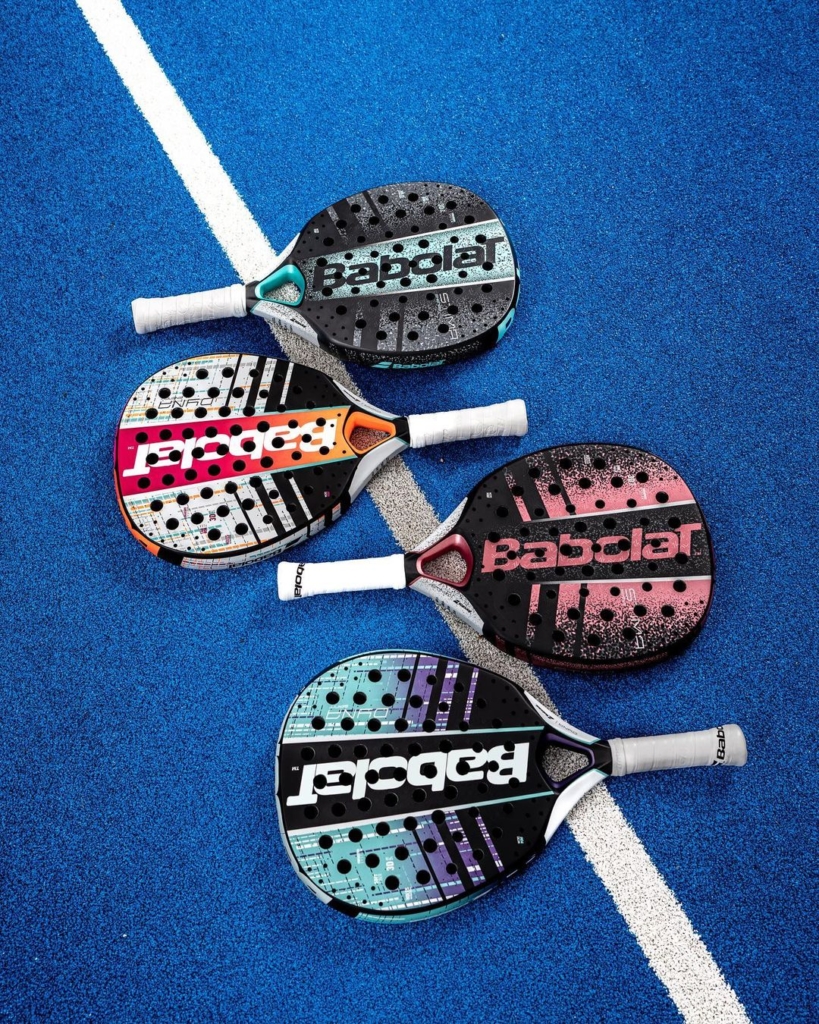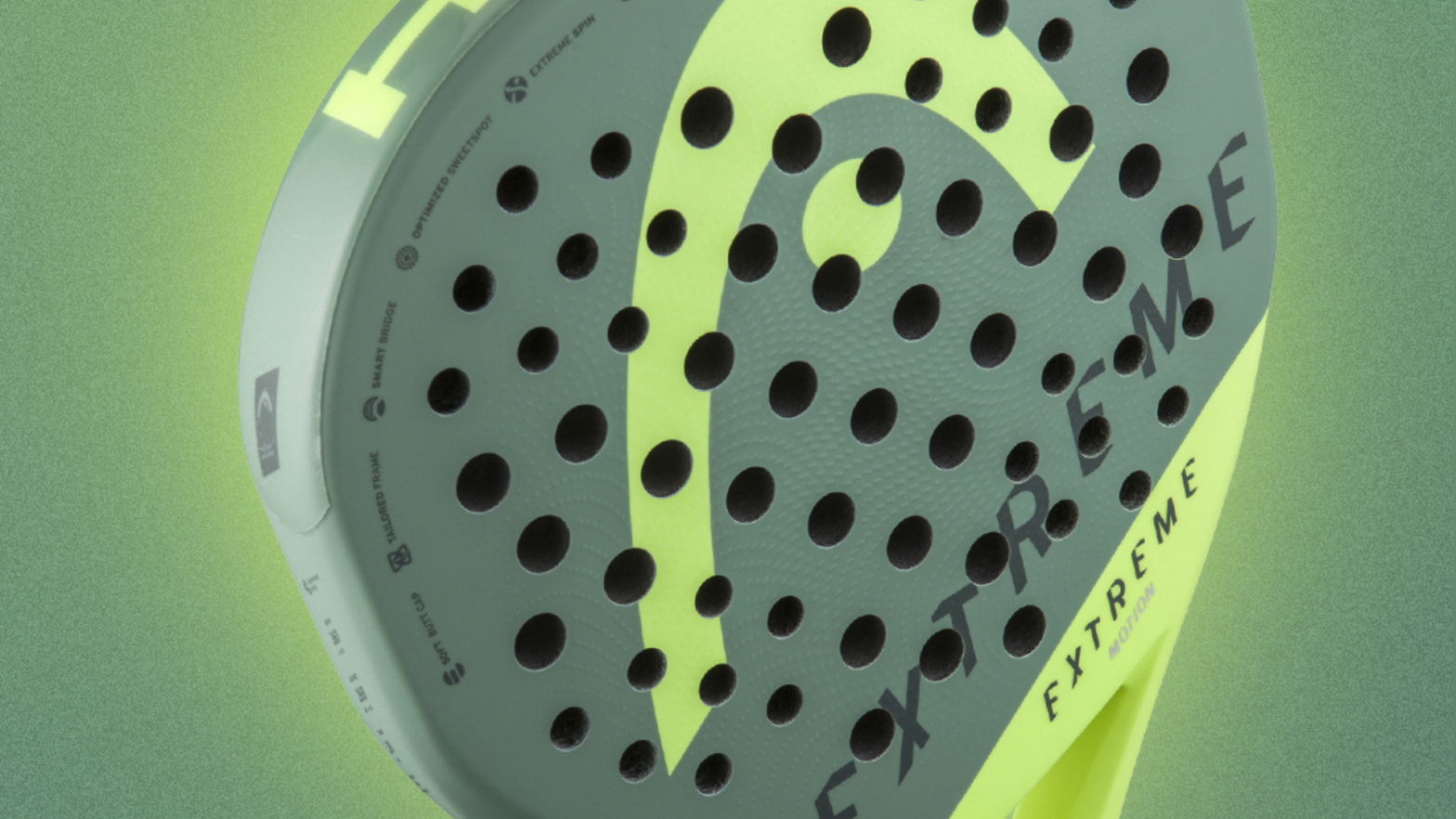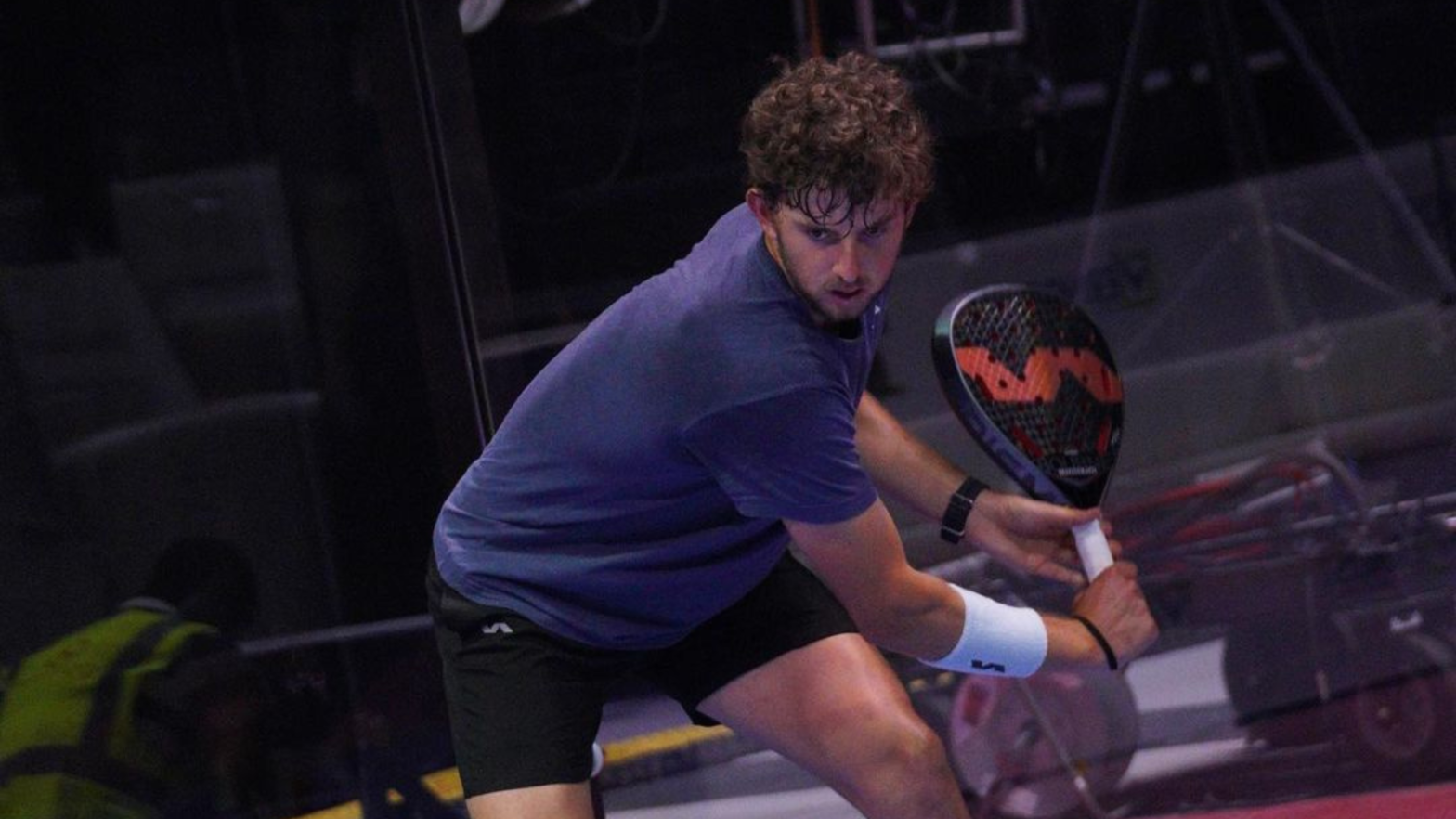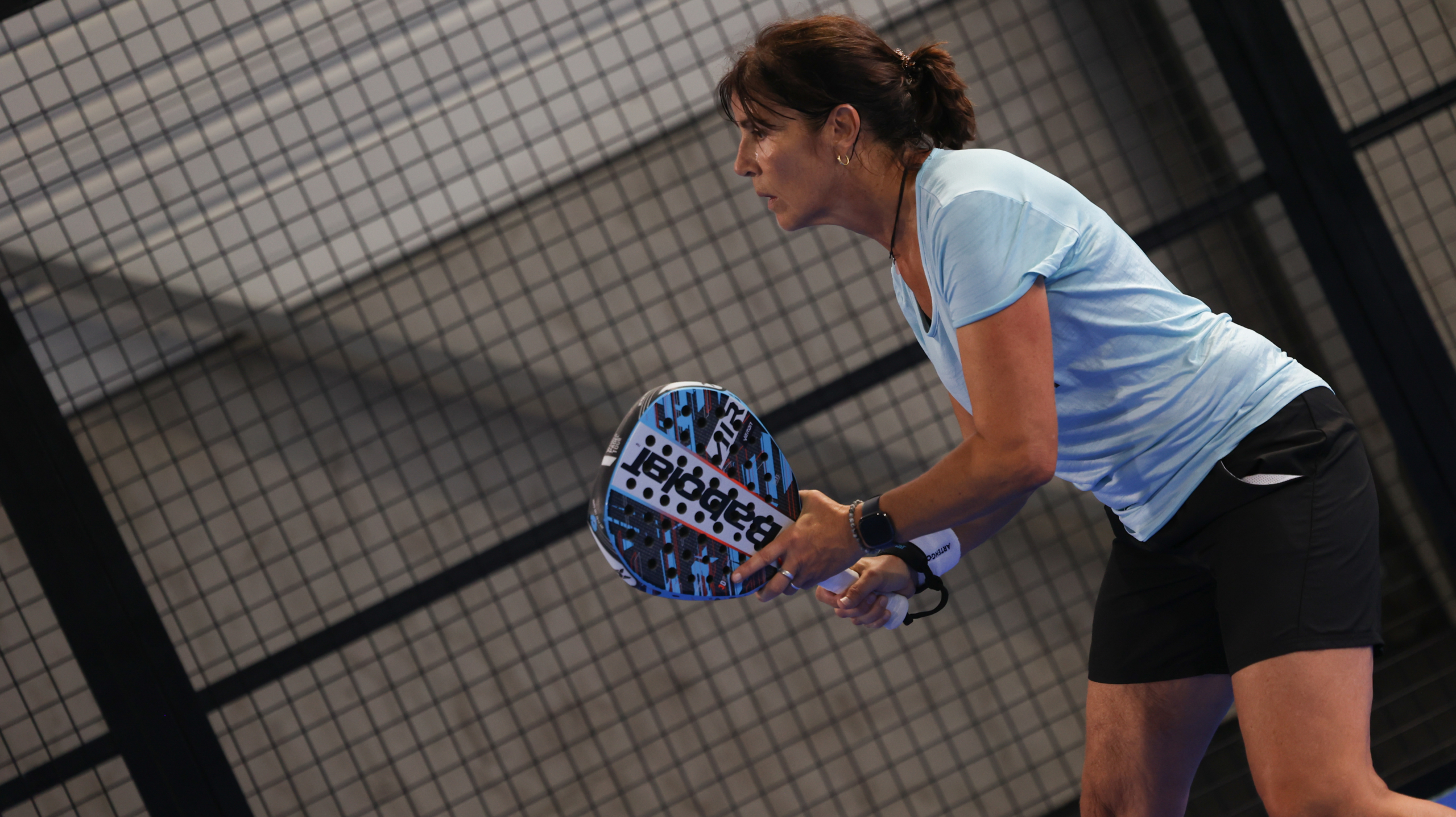
What faces and core materials for your padel racket?
Understanding the core and faces of a padel racket is crucial for getting the best performance on the court. The core, usually made from polyethylene or EVA, determines how the racket behaves and responds. On the other hand, the faces, often crafted from fiberglass or carbon, impact how the racket feels and the touch it provides. These elements are fundamental in improving power, precision, control and the overall gaming experience. In this exploration, we’ll dig into the essence of padel racket cores and faces, shedding light on their influence on the game and player dynamics.
Understanding the Role of Foam in Padel Rackets
The foam in a padel racket is a crucial component, significantly affecting its behavior and performance. Today, we delve into the distinct types of foams used in padel rackets and their characteristics.
Padel manufacturers commonly utilize two main materials for the core of their rackets: polyethylene and EVA. Each material can be crafted in varying densities, but polyethylene foam is recognized for its softer nature. It offers enhanced comfort, better vibrations absorption, and ball output. However, it may lack precision and power when compared to EVA foams.
That’s why the majority of brands prefer EVA foam for their rackets. EVA foams can range from soft to harder versions.

Choosing the Right Foam
As mentioned earlier, the softer the foam, the more comfort and vibrations absorption it offers, albeit at the cost of precision and power. It’s imperative to consider this balance when making your choice.
Another factor to consider is that foam hardness is affected by temperature—harder in colder conditions and softer in warmer climates. Some models also offer different densities for winter and summer play.
Ultimately, the selection process involves finding the right balance between comfort, precision, power, vibrations absorption, and output. Your level, play style, and the prevailing temperatures all play pivotal roles in determining what matters most to you.
In their quest for innovation, padel brands have begun creating hybrid foams, combining various foam densities. The objective is to provide distinct sensations for both fast and slow shots, ensuring comfort and efficiency in offense and defense. Examples include the Bullpadel Vertex Series featuring MultiEva and the Babolat Viper Series utilizing a blend of two foam types.
The Impact of Racket Faces on Touch
While foam determines a racket’s general behavior, the faces have a significant impact on the touch. A rigid outer core results in a compact, hard touch, while soft faces provide a more comfortable feel.
Fiberglass, known for its soft touch, ensures comfort and excellent vibrations absorption. It allows the ball to enter the racket and then be released with more energy, making it ideal for counter-shots. Fiberglass suits beginners, those prone to elbow pain, and those who prefer longer ball contact.
On the other hand, carbon, being more rigid than fiberglass, offers a harder touch, resulting in more compact shots. It enables more power and precision in strikes, although at the expense of comfort and vibration absorption. Carbon is usually recommended for offensive and advanced players without elbow or shoulder issues.
Blending Fiberglass and Carbon… or Other Materials!
Sometimes, the choice isn’t between fiberglass and carbon; you can have the best of both worlds! Brands often blend these materials to create versatile rackets with a softer touch than full carbon rackets yet a harder touch than full fiberglass ones. Furthermore, some brands incorporate additional materials like graphene, basalt and kevlar to enhance racket performance.
To ensure you always make the right choice, don’t forget to check out our reviews!



